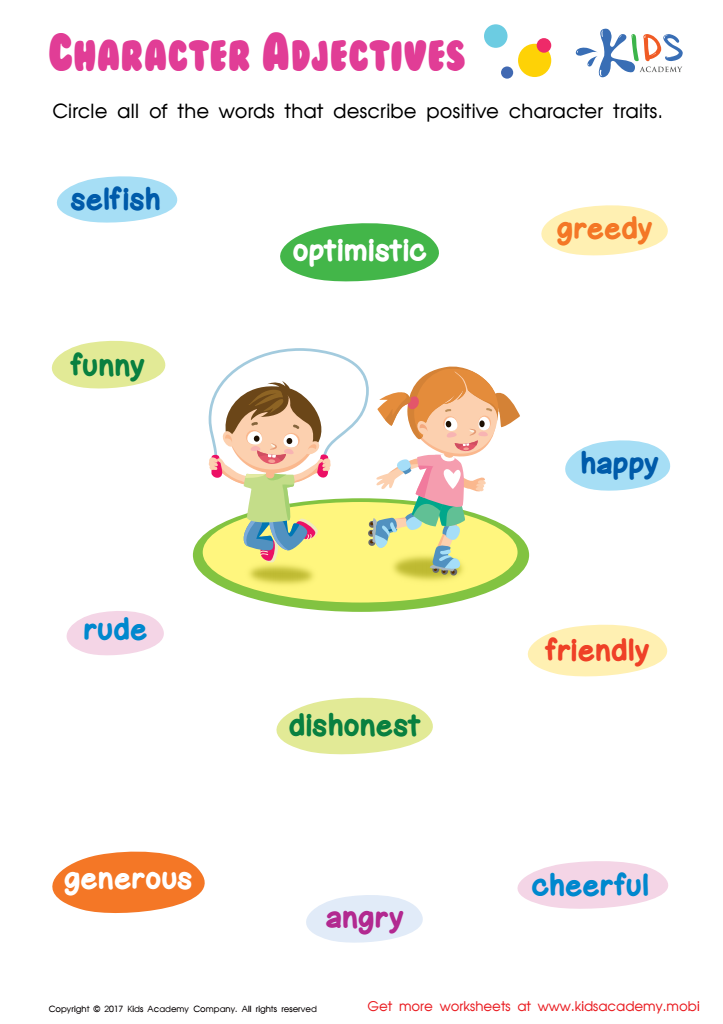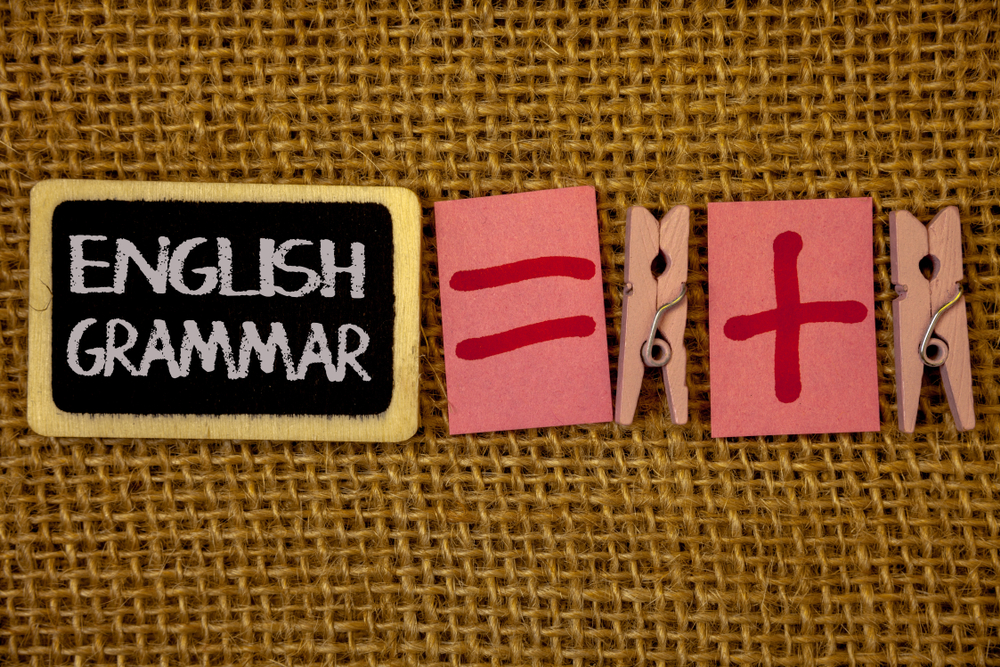Character traits identification Worksheets for Kids
1 filtered results
-
From - To


Character Adjectives Worksheet
Question/Answer
Why is the Character traits identification skill important for Grade 3 students?
The character traits identification skill is important for Grade 3 students because it helps develop their reading comprehension, empathy, and critical thinking. By learning to identify and understand characters' traits, students can better connect with stories, anticipate plot developments, and relate the characters' experiences to their own, enhancing their overall literacy and social-emotional skills.
How to test a Grade 3 student’s Character traits identification skills?
To test a Grade 3 student's character traits identification skills, provide a short story or description of a character in a familiar context. Ask the student to read it and then list the character traits they infer from the reading, using evidence from the text to support their answers.
How to train the Character traits identification skill in Grade 3 students learning about Building Vocabulary?
To train grade 3 students in identifying character traits for vocabulary building, engage them in interactive read-alouds using age-appropriate books. Pause to discuss characters' actions and feelings, prompting students to infer traits. Incorporate role-playing activities where students act out different traits, and use graphic organizers to help them visually categorize and remember new vocabulary related to character traits.
 Assign to the classroom
Assign to the classroom











